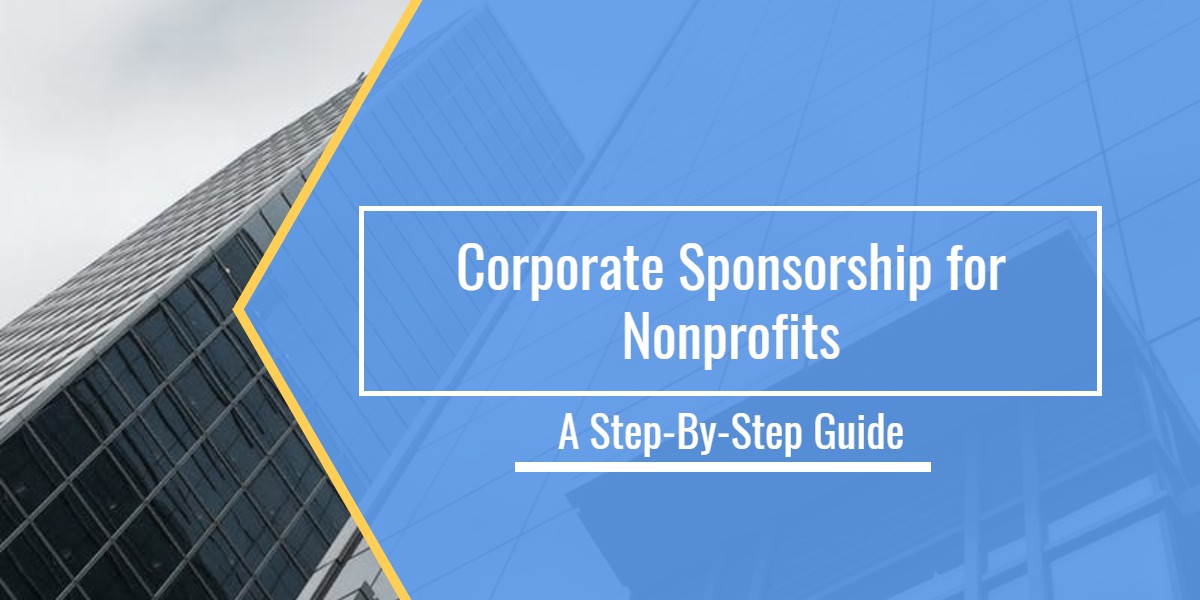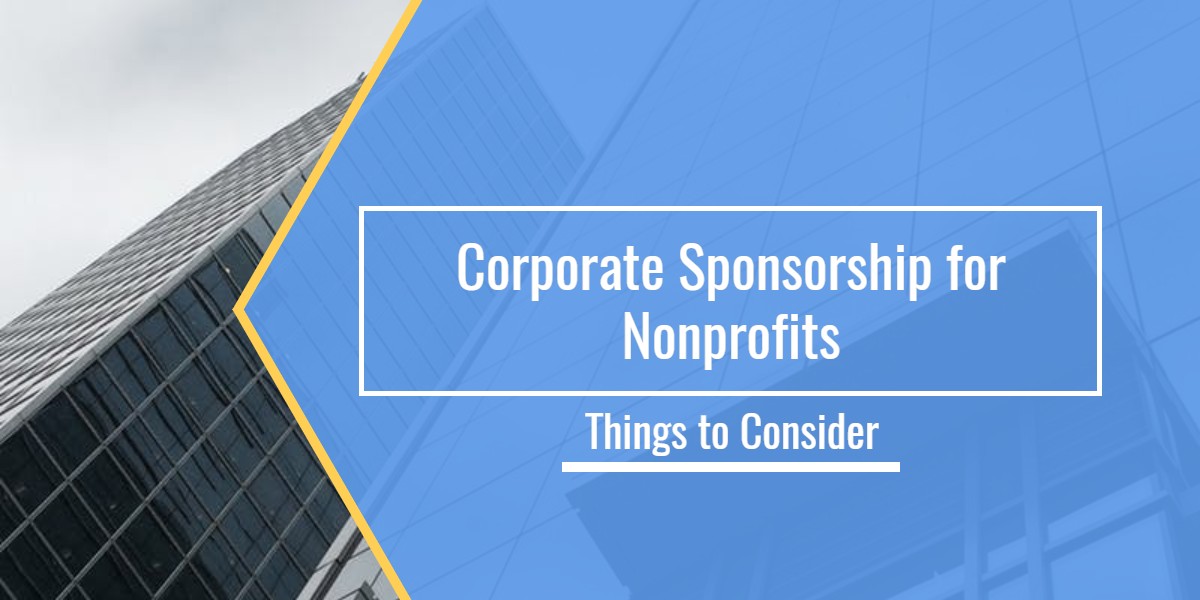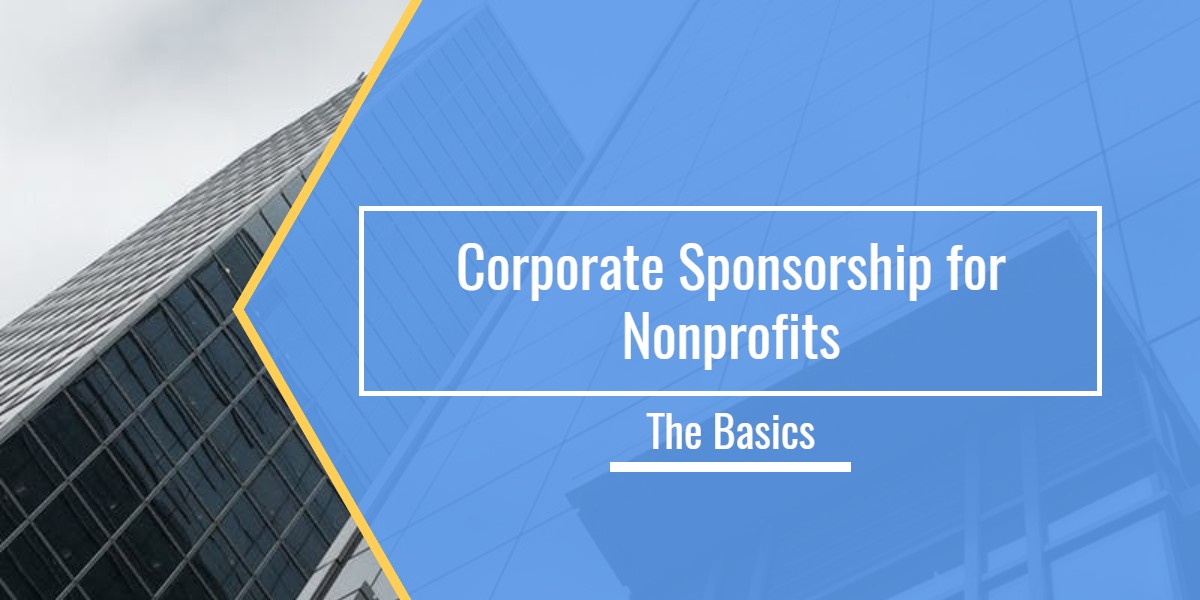This week we’re breaking down the steps required to land a corporate sponsor for an upcoming nonprofit fundraising event. These are the same steps I take my clients through when planning events.
- Put together a list of your dream corporate sponsors. Think big. This is a dream list. Your dream sponsors do not have to be based in your community, but remember that they should be connected in some way to your nonprofit’s mission. Think about the corporations in the networks of your donors. Do your board members have connections to specific corporations?
- Put together a corporate sponsorship package. This is a packet or presentation that should be customized and themed appropriately to your event(s) and the potential corporation. Here’s the page order I use with my clients:
- Begin with the company name and logo and the name of your nonprofit.
- Next, include a one-page letter introducing your nonprofit and your special event.
- Include one page with the logos and names of past corporate sponsors (over the last five years), if applicable.
- Include one page of quick facts and statistics about your organization and the impressions that the corporation will get from this partnership. How many Facebook/Twitter/Instagram followers do you have? How many guests will be in attendance?
- Include no more than two pages explaining your organization’s mission and work in the community. Include photos of your nonprofit in action.
- Provide a one-page menu of sponsorship opportunities and everything the corporation receives from the partnership.
- Finally, include a form at the end for the potential corporate sponsor to fill out and return to you.
- Mail the packet to the corporate representative you have been cultivating a relationship with or have it delivered to their office.
- One week after you deliver the packet, follow up with an email asking if they received the packet and providing a copy of it through email in case they did not.
- Follow up again two weeks after the email and politely remind them of the deadline to respond. At this time you may also ask if there is someone else at the company you can send the packet to. You may also invite them to come take a tour of your facilities.
- Once you have one sponsor secured, leverage that sponsorship to bring in other sponsors.
- Keep your sponsor(s) up to date on all event developments and don’t forget to thank them regularly.
These are the basic steps I encourage all my clients to use when soliciting corporate sponsors. Of course, every situation is different and you may find that not all the steps are necessary or that more work is required to secure the sponsorship of your dreams.
I wish securing a sponsor was as easy as this list makes it look, but it’s never this simple. Don’t be discouraged if your initial attempts fall flat. Like all things, soliciting sponsors takes practice. You’ll only get better by doing it. Take your time, put together a solid sponsorship package, and get out there and start soliciting.





 RSS Feed
RSS Feed